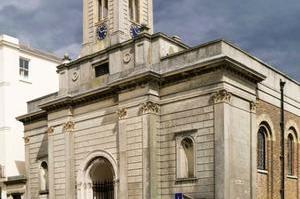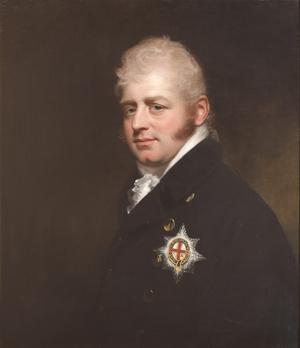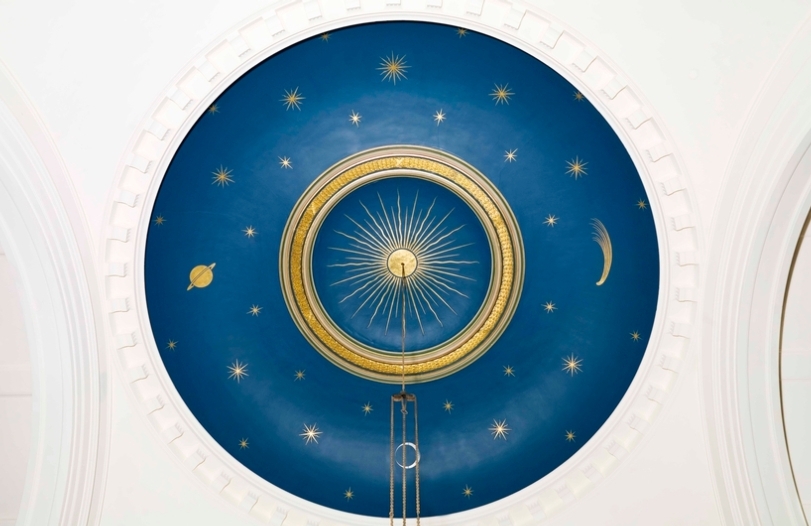'A little bit of Italy in Waterloo Street' visited by Royals
The Prince Regent made Brighton and Hove the place to be for those in society, and a new church was needed to serve them...

St Andrew's Church, Hove
In the early 1820s, the Prince Regent made the old fishing towns of Brighton and Hove the most fashionable place to be. Here, St Andrew's was built to serve wealthy society, near a gleaming new estate of terraced mansions by the sea. Set back from the sea front, the Italian Renaissance style and symmetry and grandeur of this 1827 church, built by the famous architect Sir Charles Barry, perfectly matches the neighbouring squares and terraces. Inside, light streams through skylights and dances through the stained glass.
In 1925 Randoll Blacking added superb baldacchinos over the altar and font to fulfil the parish priest's desire that St Andrew's should become 'a little bit of Italy in Waterloo Street'. The beautiful painted ceiling features the sun surrounded by a crescent moon, a comet, Saturn and stars. A series of fine nineteenth-century monuments offer an excellent introduction to the good and great who worshipped here in the church's heyday.

Prince Adolphus, Duke of Cambridge
A place for the social elite
St Andrew's very quickly became the place of worship to go to. This was aided by the patronage and regular attendance of members of the Royal Family and aristocracy.
Among the many nobility and members of the Royal family to worship here was an elderly Prince Adolphus, the Duke of Cambridge.
He gained some notoriety for finding amusement in interrupting church services with loud and sometimes eccentric comments. At Kew Church, it is said that when the Parson would read out "Let us Pray" the Prince would loudly shout out "With all my heart", but when the prayer for the rain was said, the Prince, unhappy with the words said "No use till the wind changes!". During a reading from scripture of the story of Zacchaeus, "Behold, the half of my goods I give to the poor", the Prince responded sharply "No, no! that's too much for any man - no objection to a tenth!". Such was his interruptions that he was said to have caused a nervous curate to flee from a service in fear of cricitism of his preaching.

